Renovating your home with an eco-friendly mindset not only benefits the environment but also enhances the aesthetic appeal of your space.
In India, a variety of sustainable flooring options are available, each offering unique characteristics and benefits.
Here, we explore 10 diverse and environmentally conscious flooring materials that can transform your home into a sustainable haven.
1. Bamboo Flooring

Bamboo flooring is not just a trend but a testament to sustainable living. Known for its rapid growth, bamboo can be harvested without depleting natural resources.
Its durability and aesthetic appeal make it a favorite for eco-conscious homeowners.
The rich texture and warm tones of bamboo add a touch of elegance, making it suitable for both traditional and contemporary spaces. What’s more, it’s resistant to moisture, making it ideal for humid climates.
Bamboo’s tensile strength is comparable to steel, making it a robust choice for high traffic areas.
2. Terracotta Tiles
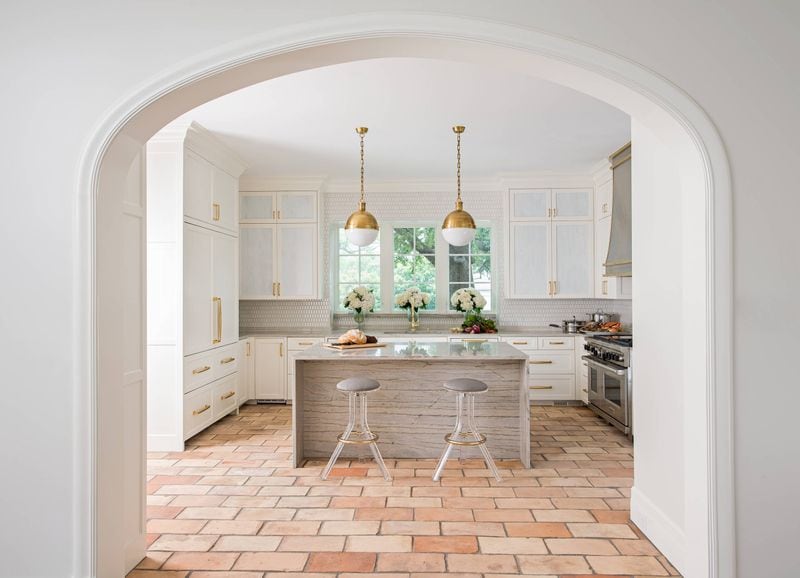
Terracotta tiles bring the earth indoors, connecting your home to nature. These clay-based tiles exude warmth and character, giving spaces a rustic, timeless appeal.
Originating from ancient craftsmanship, they embody tradition and sustainability.
Their porous nature makes them ideal for regions with dry climates, as they naturally regulate temperature. Each tile is unique, offering a personalized touch to your flooring.
The word ‘terracotta’ comes from Italian, meaning ‘baked earth,’ reflecting the natural ingredients and process involved in creating these tiles.
3. Jute Carpeting
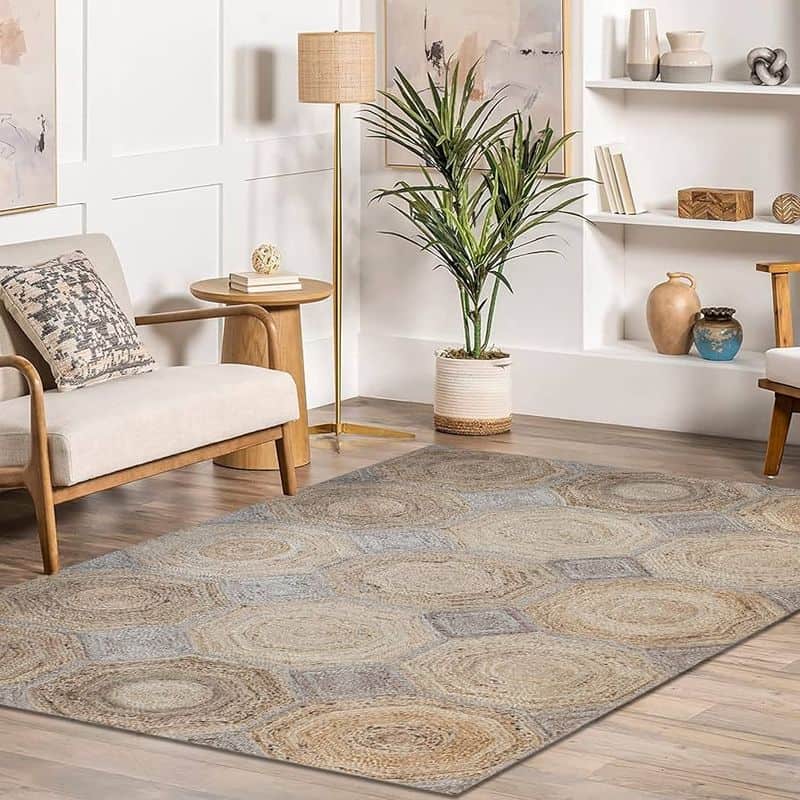
Jute carpeting offers a touch of nature beneath your feet. Harvested from the jute plant, these carpets are biodegradable and renewable, making them an excellent eco-friendly option.
Their soft texture adds comfort and warmth to any room.
With their neutral tones, jute carpets complement various decor styles, from minimalist to bohemian. However, they are best suited for low-traffic areas due to their delicate nature.
Jute is primarily grown in India and Bangladesh, emphasizing its regional significance and sustainability.
4. Coconut Wood Flooring

Coconut wood flooring stands out with its distinctive grain and strength. Derived from coconut palm trees, it utilizes trees past their fruit-bearing age, promoting resource efficiency.
Its rich hues and textured patterns add depth and character to interiors, resonating with the tropical landscapes of India.
This flooring is not only aesthetically pleasing but also contributes to reducing deforestation, as it uses otherwise discarded trees.
Coconut wood is twice as hard as mahogany, offering longevity and resilience in home settings.
5. Stone Flooring
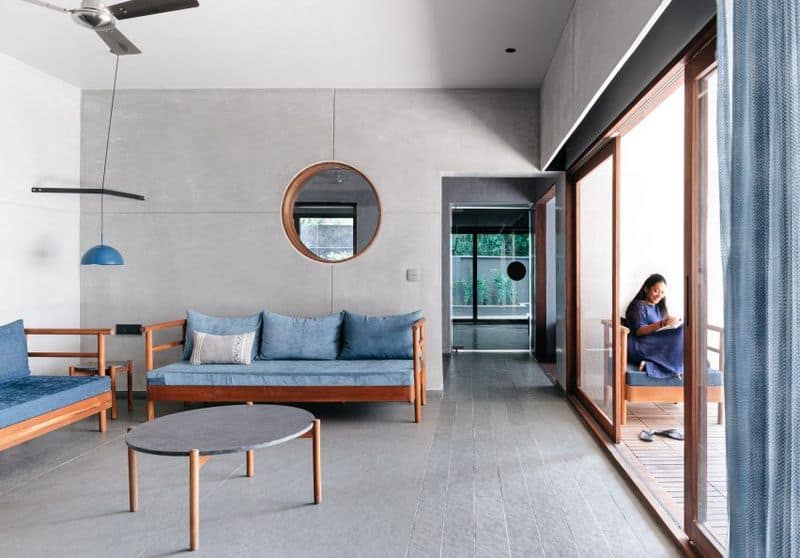
Stone flooring, with its natural elegance and durability, has been a staple in Indian homes for centuries. Available in various types such as granite, marble, and sandstone, each offers unique patterns and colors.
This natural option is not only robust but also aids in maintaining a cool indoor environment, perfect for India’s varying climates. Its resilience to wear makes it suitable for high-traffic areas.
Stone’s rich history includes its use in iconic Indian architecture, reflecting its lasting appeal and continuity of cultural heritage.
6. Recycled Glass Tiles
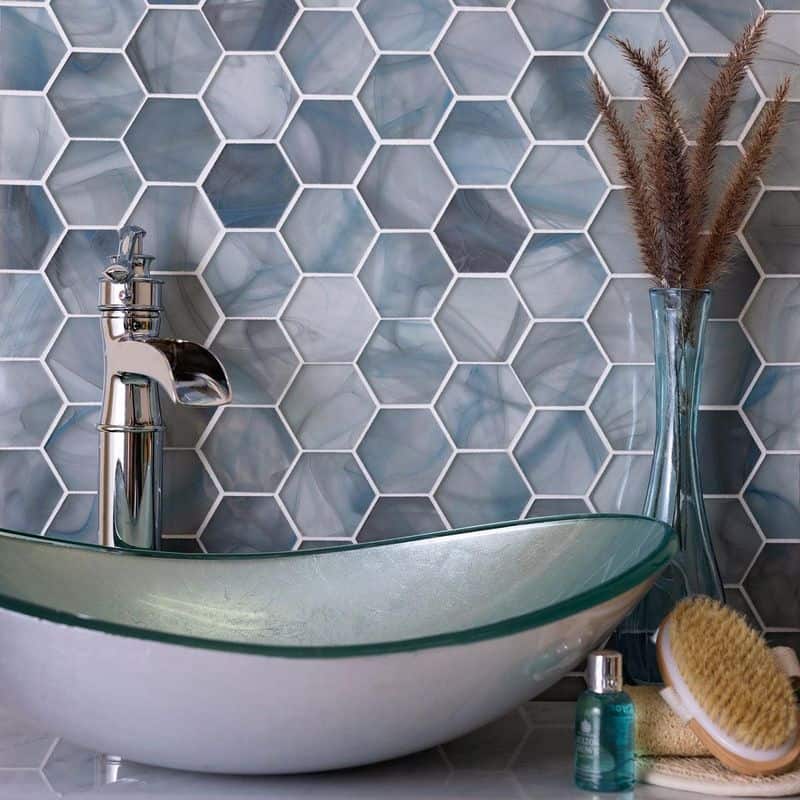
Recycled glass tiles offer a splash of color and creativity in home design. Crafted from post-consumer glass, these tiles are both sustainable and stylish.
Their reflective nature enhances lighting, making spaces appear brighter and more inviting.
These tiles come in an array of colors and patterns, allowing for versatile design options. Besides aesthetics, they are durable and resistant to mold, ideal for wet areas like bathrooms.
Using recycled glass tiles can reuse up to 30% of glass waste, contributing to environmental conservation.
7. Linoleum Flooring
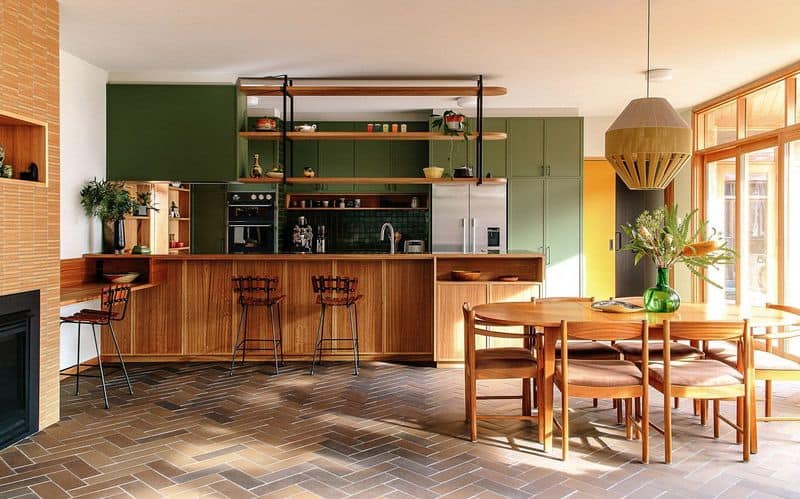
Linoleum flooring combines retro charm with modern green living. Made from natural materials like linseed oil and wood flour, it’s both biodegradable and durable.
Its resilience and colorful patterns make it a popular choice for busy households.
Easy to maintain, linoleum is resistant to dust and allergens, promoting a healthier indoor environment. Its longevity and easy installation are added advantages, making it a practical choice for kitchens.
8. Terrazzo Flooring
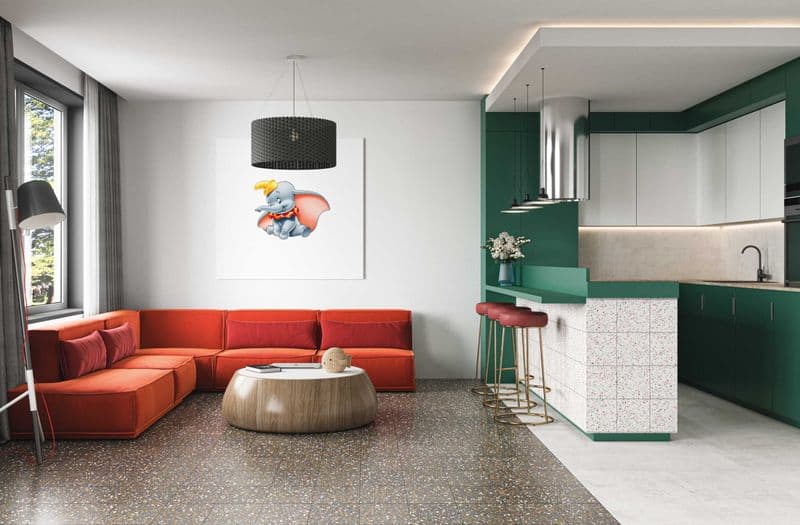
Terrazzo flooring is a fusion of beauty and sustainability. Comprising chips of marble, granite, and quartz set in cement, it offers unique, colorful patterns.
Its durability makes it ideal for high-traffic areas while adding a modern aesthetic.
The polished surface of terrazzo reflects light, brightening interiors effortlessly. It’s a cost-effective option that doesn’t compromise on style.
Terrazzo’s origins date back to ancient Italy, but its revival in contemporary design highlights its enduring appeal and versatility.
9. Khaprail Tiles
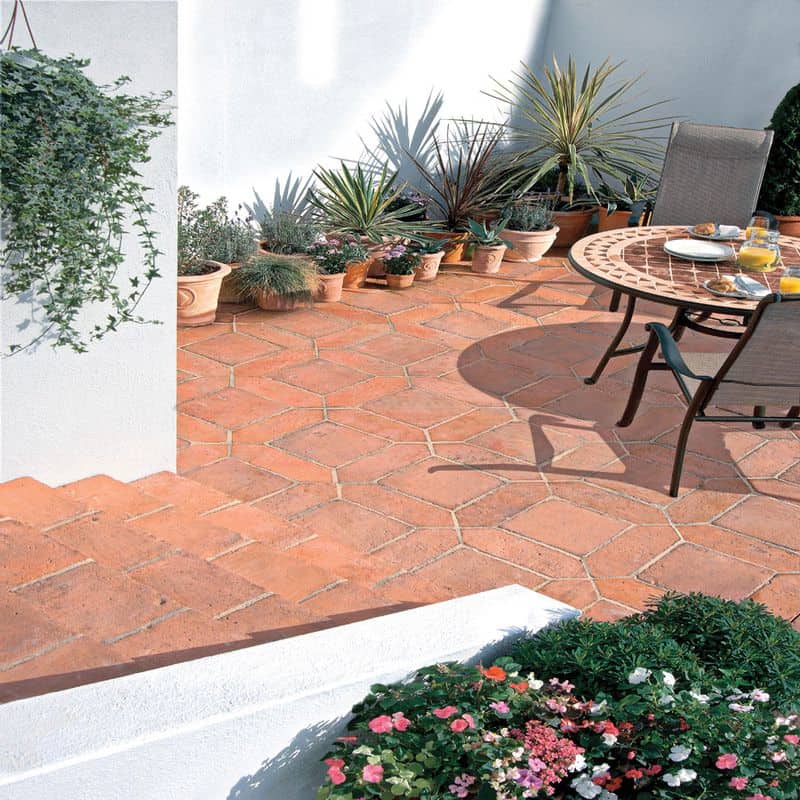
Khaprail tiles are synonymous with traditional Indian architecture. Made from clay, these tiles are known for their earthy tones and rustic charm.
They provide natural insulation, keeping homes cool in summer and warm in winter.
Often used in courtyards and terraces, they add an authentic touch to outdoor spaces. Their durability and weather resistance make them suitable for various climates across India.
Khaprail tiles are often handcrafted, preserving artisanal skills and cultural heritage while embracing eco-friendly practices.
10. Coir Flooring
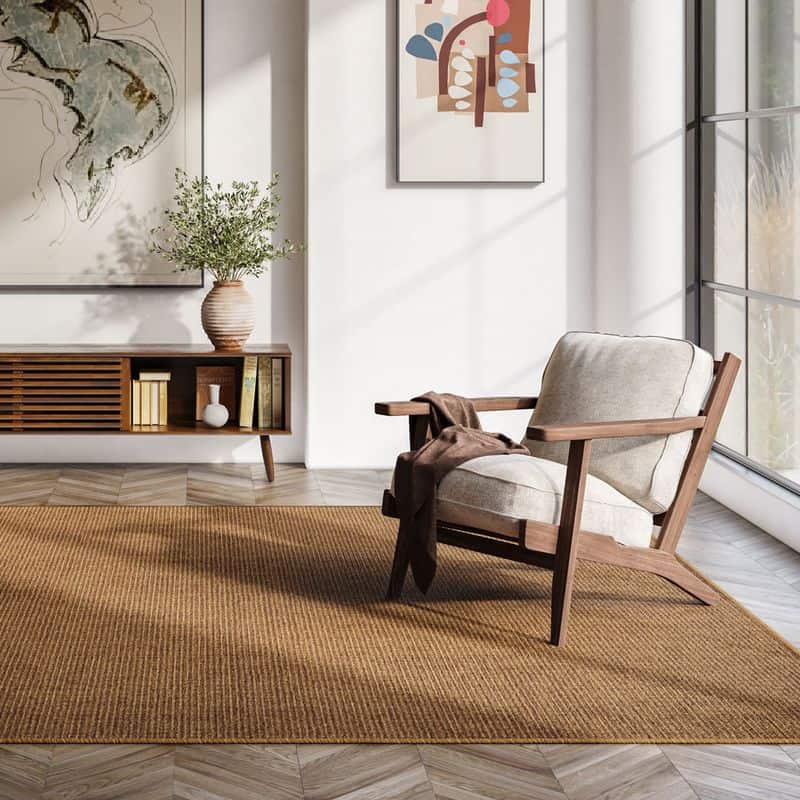
Coir flooring offers a sustainable option with its natural, rugged texture. Made from coconut husk fibers, coir is biodegradable and renewable.
It provides natural insulation and is resistant to dust mites, enhancing indoor air quality.
This flooring is ideal for areas requiring added comfort, like home offices or reading nooks. Its natural look complements various interior styles, from rustic to contemporary.
Coir production supports local economies in India, making it a socially responsible choice alongside its environmental benefits.

